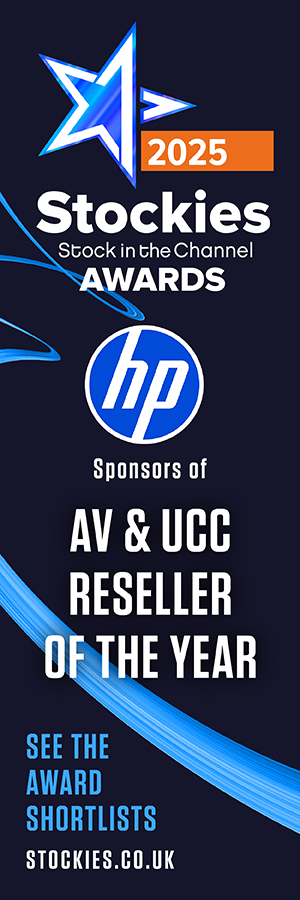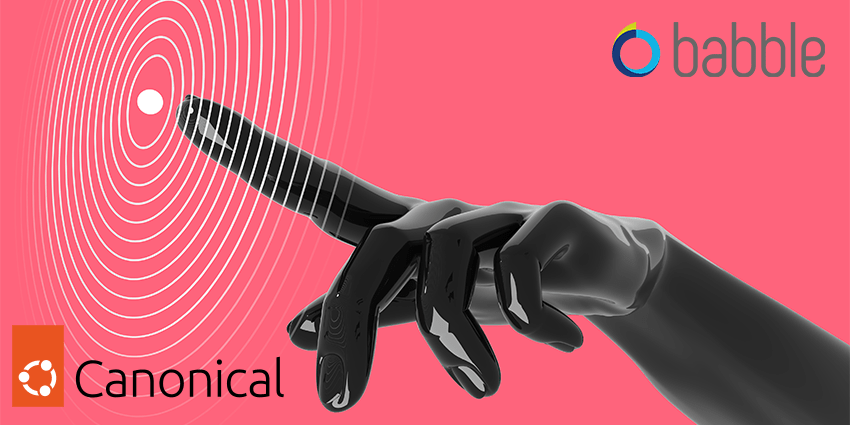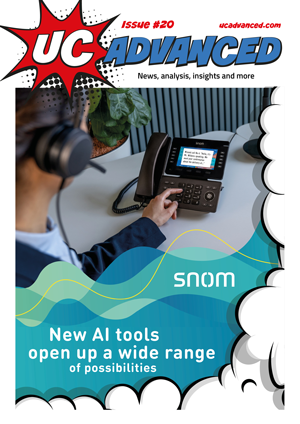As IoT becomes more popular, how can it benefit businesses and become a seamless addition to the workplace?
The advent of mobile signals has brought about a new way that we connect with each other.
From solitary voice capabilities and SMS texting to today where video and voice messages are sent every day and the phone call has been replaced by a video call.
But while the technology continues to change, the signals that they take advantage of will stay the same. A clear example of this is the way 3G airwaves are being merged into the 5G offering.
As airwaves become less useful to the data-hungry devices we all have in our pockets, the Internet of Things can take advantage of the connectivity that, a decade ago, was considered astounding.
In particular, field agents working away from the office wifi can look to IoT devices to gather data that would otherwise have had to be done in person. From there the data processing can allow businesses to come to decisions faster.
“IoT sensors are ushering in a new era for field agents,” Pascoal De Oliveira, UK MD of Babble said. “With the ability to monitor diverse metrics such as temperature, motion, and even such things as timing data at sporting events, these sensors provide real-time insights for field agents to make more strategic decisions.
“For instance, Babble provided IoT sensors to the 2023 UCI World Cycling Championships to ensure timing data could successfully be accessed and shared between equipment across 13 challenge platforms.”
Using data
That old adage of businesses loving certainty certainly plays into the hands of IoT devices that harvest the information needed to make better decisions.
According to a report published by Fortune Business Insights last year, the global Internet of Things market is projected to grow from $662.21 billion in 2023 to $3,352.97 billion by 2030, at a compound annual growth rate of 26.1%.
As businesses get a grip on this growth, Michael Croft-White, Engineering Director for Telemetry at Canonical said that managing these devices is the next challenge to hurdle.
“To keep tabs on devices, organisations should have complete visibility and control, even as their fleet grows,” said Croft-White.
“IoT devices are often deployed in remote or inaccessible corners of factories, buildings and vehicles, so managing the device fleet remotely is essential. The device management challenge is increased when they are deployed with unreliable network connections, so real-time communication is not always possible.
“A tried-and-tested approach to IoT device management is to use a messaging protocol like MQTT, DDS, XMPP, AMQT, to communicate with the devices. Additionally, edge computing allows companies to bring computation, storage and AI capabilities closer to their fleet. Digital twins also facilitate remote management by mirroring devices in the cloud as virtual representations, enabling monitoring and diagnostics without direct connection.”
Integrating the things
As there is a need to manage these connected devices, it opens the door to that management on a collaboration platform.
But as Croft-White added, “the relationship between IoT and collaboration tools is only just getting started. Early integrations are clumsy – they require technical know-how to set up and lack seamless interoperability, but the potential is tremendous.
“Taking your observability and telemetry directly into your collaboration platform would allow teams to monitor production lines in Slack, analyse sensor data in applications such as Teams, or collaborate across platforms.
“Vendors are working to make integrations seamless for non-technical users. With standardised APIs and pre-built connectors, unified IoT collaboration could reach its full potential.”
This potential can be realised if businesses embrace these collaboration platforms, as De Oliveira points out.
“Embracing IoT solutions brings a wealth of benefits to businesses. For example, real-time tracking and condition assessment of goods via IoT devices streamline supply chain visibility and IoT-powered chatbots facilitate round-the-clock customer service, bolstering responsiveness and elevating overall customer satisfaction levels.
“The culmination of overall reporting and data is where businesses can realise the true value of this technology.”
Ease of use
As we look forward, the research from Fortune Business Insights only indicates that the market for devices connected to the Internet of Things is only going to grow.
In turn that begs the question of how IoT device manufacturers can improve their devices in order to be easier to adopt. One example that Croft-White gives is the out-of-the-box experience that currently leaves some room for improvement.
“The ultimate goal should be out-of-the-box integrations that non-technical users can implement in minutes. With the right standards and tools, IoT collaboration integration can evolve from a technical chore to seamless integration while still ensuring security, reliability and consistency for businesses.
“With large numbers of IoT devices to manage, industries are struggling to oversee and control their fleets. Using the correct tools and platforms, combined with sensible policies, businesses should be able to automate and centralise their monitoring and configuration to identify and correct issues promptly and efficiently.
“With the right ecosystem, businesses can orchestrate their IoT fleets, easily configuring, updating and securing every device, no matter how dispersed or varied they may be. IoT should simplify business, not complicate it.”
De Oliveira added that improvements in connectivity technology are on track to provide the simplification that Croft-White is referring to. However, he reminded us that this connectivity is essential to the function of
IoT devices.
“As technological advancements in IoT gain momentum, there is potential for even greater precision. However, the advancement of IoT depends on the evolution of 5G and 6G technology.
“Better connectivity means IoT sensors can meet the needs of the increasingly evolving and varied IoT use cases. Solutions like low-power, wide-area networks (LPWANs) and satellite communication are bridging this gap, enabling even the most remote sensors to contribute meaningfully.
“With the right innovations, these intelligent sensors mean a future where every field agent will be using accurate and insightful data to optimise operations and make more informed decisions.”











